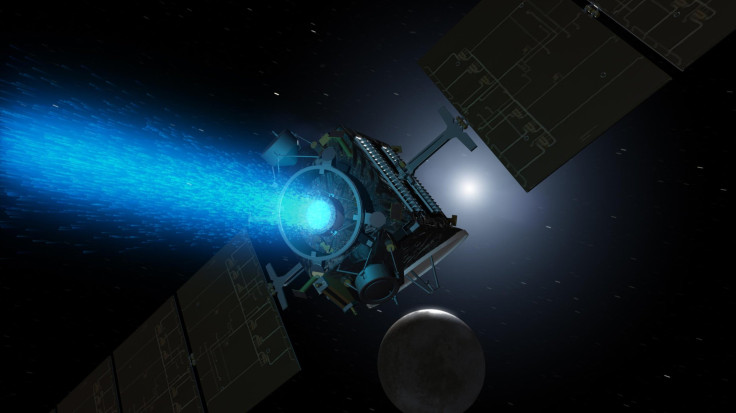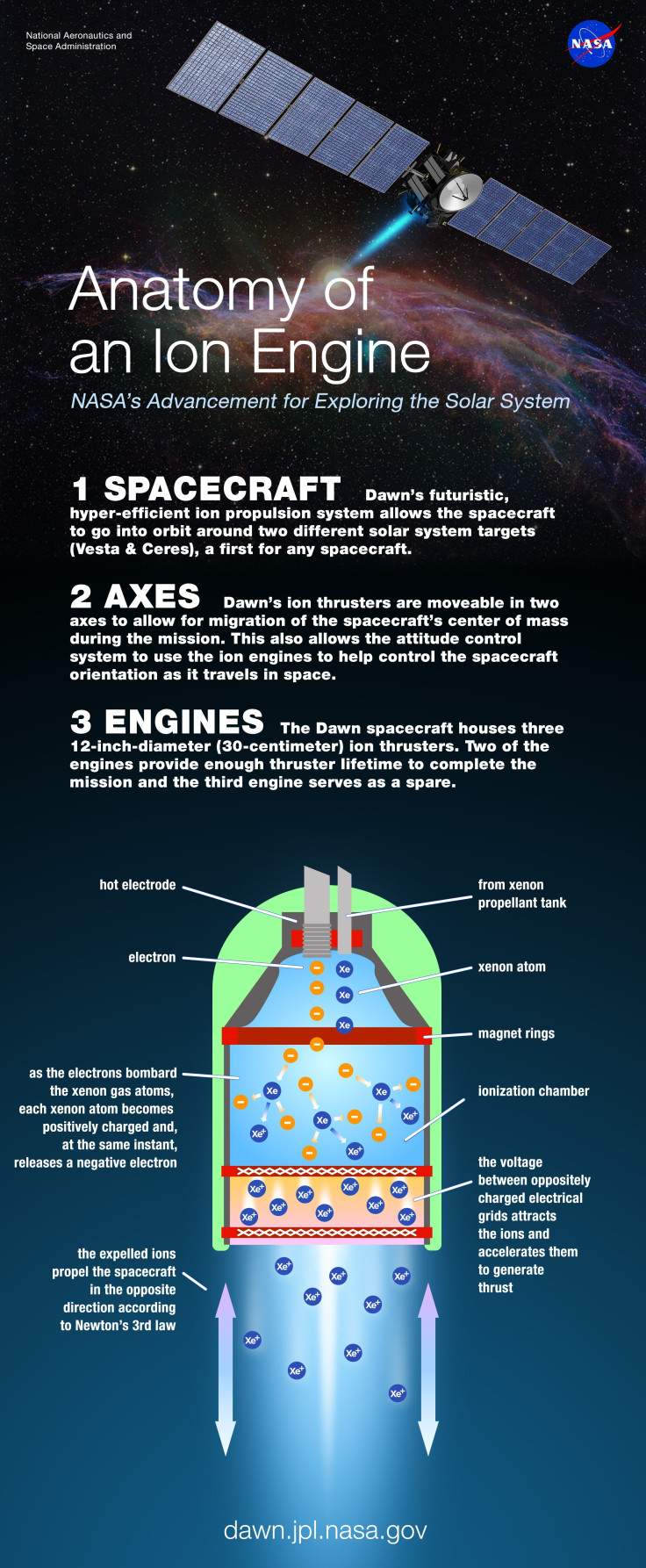Orbital ATK's Dawn Spacecraft's Arrival At Ceres Paves The Way For Europa And Beyond

NASA's Dawn mission arrived at Ceres Friday morning. The way to the dwarf planet was paved by Orbital ATK's, NASA's Jet Propulsion Laboratory and UCLA, and was 15 years in the making. For Orbital ATK's Joe Makowski, Dawn Phase E Program Manager, it was a team effort that highlighted some really exciting technology and served a precursor for what's next in deep space exploration.
The Dawn spacecraft was Orbital ATK's first planetary craft, which started out as a NASA Discovery Program proposal. "You have to marry good science with a team that could design and build a spacecraft, operate the spacecraft and deliver the mission. The JPL, Orbital and UCLA team was selected in 2002 and we started building the spacecraft in 2003," Makowski said. With the bidding complete, the next step was the actual design of the spacecraft.
Traveling deep into space either requires a lot of fuel or a lot of help from planets in our solar system. The European Space Agency's Rosetta spacecraft completed a series of gravitational assists to boost speeds and get the craft in place for the eventual rendezvous with comet 67P/Churyumov-Gerasimenko. Instead of a conventional propellant system, Orbital used ion thrusters to propel Dawn to Ceres. In addition to testing out a new propulsion system, Dawn was Orbital's first spacecraft that was not a satellite or craft that stayed in Earth's orbit.
"Dawn was the first planetary mission that had ion propulsion and was devoted to science. We carried three ion propulsion thrusters and 1,000 pounds of Xenon, which is the fuel. So, that was a whole new area that all of us had to gain experience on, in terms of how to do it properly and how to avoid problems," Makowski said. "Going to two different solar system bodies outside of Earth is not really that feasible with chemical propulsion, simply because the efficiency is, at minimum, one-tenth the efficiency of an ion propulsion system."

The ion propulsion system allowed Dawn to visit the asteroid Vesta in 2011 and 2012 and now Ceres. "That's why this mission is so exciting. It's opening up investigations to lots of distant places because you now have this capability to be efficient," Makowski said. "There's a mission going to Jupiter system now, called Juno. Up until now, we haven't gone that far out with solar arrays. Now, NASA's attempting to do that and I think it's because Dawn was the precursor of carrying very large solar arrays a great distance from the sun. Up until now, we've had to use nuclear thermal systems in order to that.
"This was Orbital's first planetary spacecraft and it's a different mindset because you can't talk to a planetary spacecraft every day. In the approach phase to Ceres, JPL would communicate with the spacecraft directly with high data rates, telemetry and commanding was being done every three or four weeks," Makowski said.
Orbital had to focus on making Dawn as autonomous as possible with the capability to fix any problems on its own. "We put an awful lot of effort into 'fault management,' if there's any issue with the spacecraft the automatic systems onboard can detect it and can keep the craft safe," Makowski said.
As Orbital celebrates Dawn's arrival at Ceres, the company is looking to the future of planetary spacecraft and missions closer to home. Orbital will launch a resupply mission to the International Space Station in November and has submitted a new Discovery proposal that will use NASA's next generation ion thruster, NEXT. This technology could pave the way to Europa, Jupiter's icy moon that has the best possibility of harboring life outside of Earth.
"With Ceres, this is the first body we visited that has a huge amount of water. We're pretty sure it's 25 percent water, by mass, and we've flown by Europa, but we haven't orbited those bodies where there's a lot of water," Makowski said. "This is really going to be a very interesting investigation to see if any of that is on the surface, if it plumes, it's state, if it's a subsurface ocean. It opens up a world of possibilities, in terms of what's on Ceres. When you think of all the bodies we've been to, most of them have been kind of dry and we've been disappointed that we haven't found more water. Well, it's here."
© Copyright IBTimes 2024. All rights reserved.






















